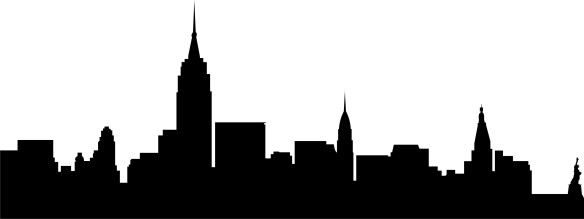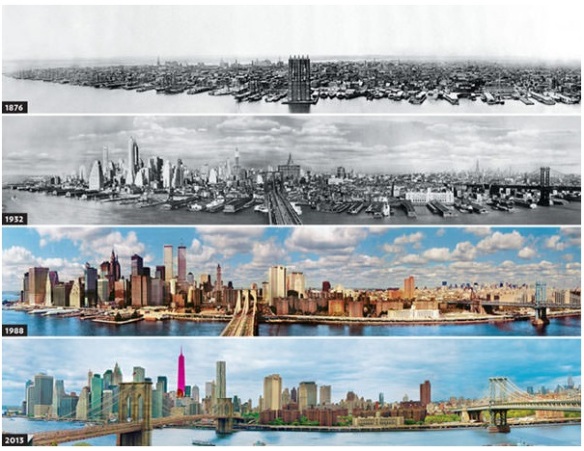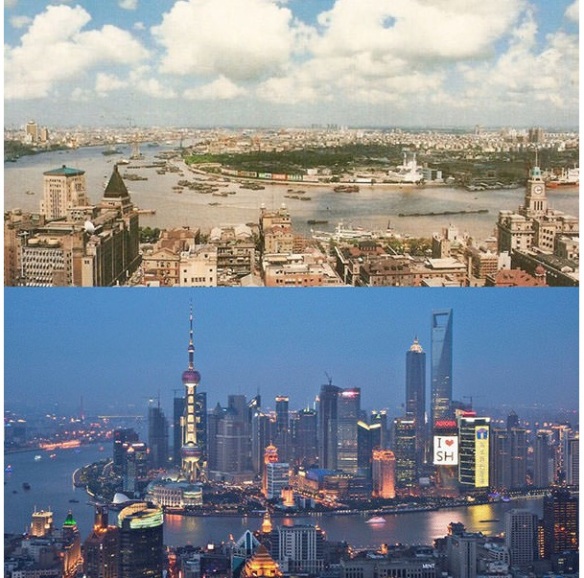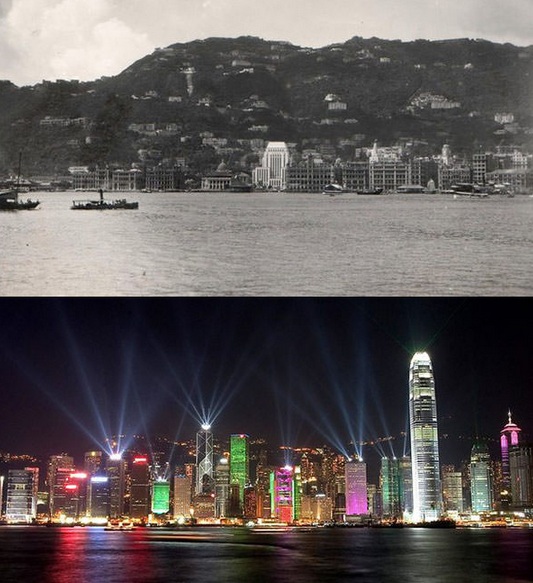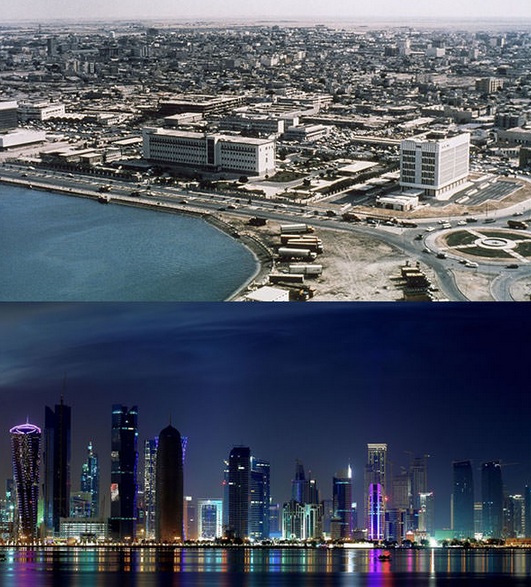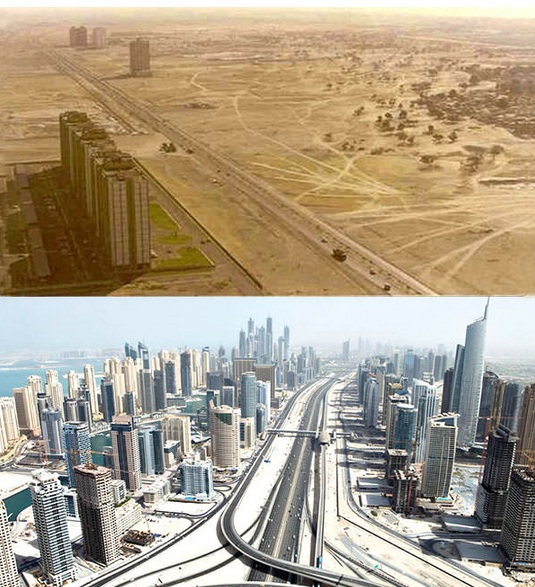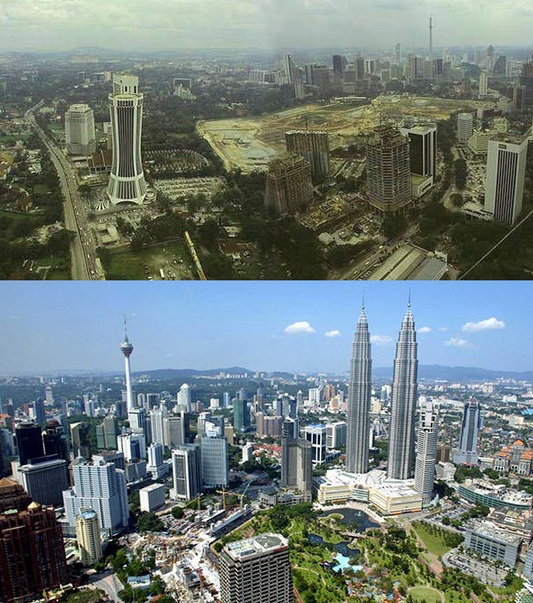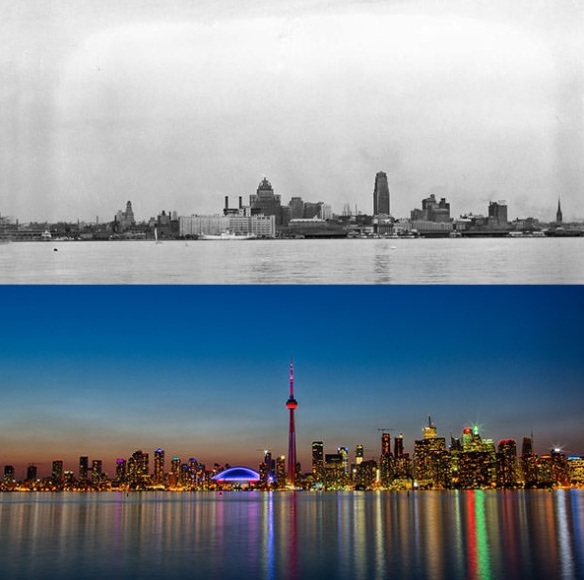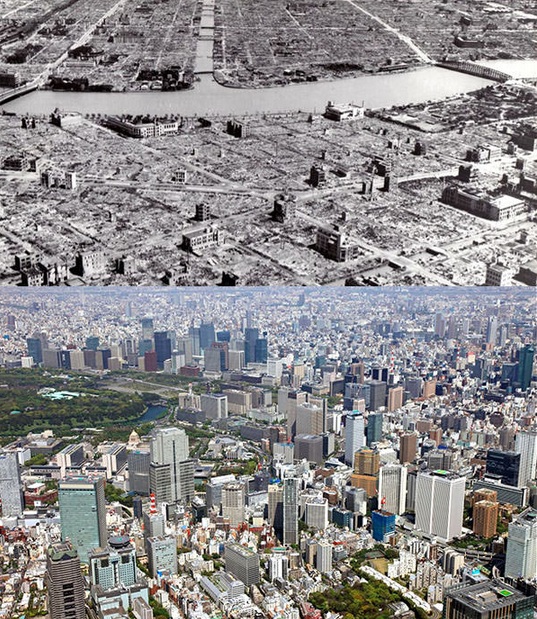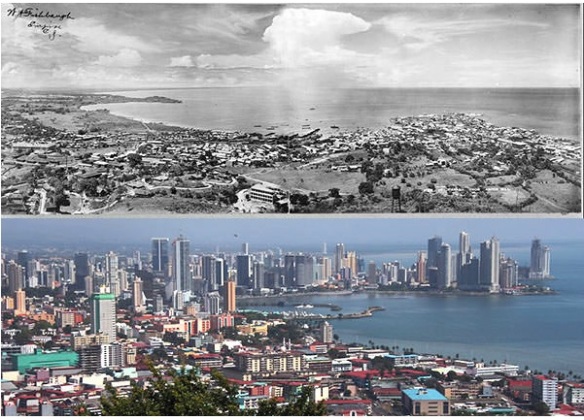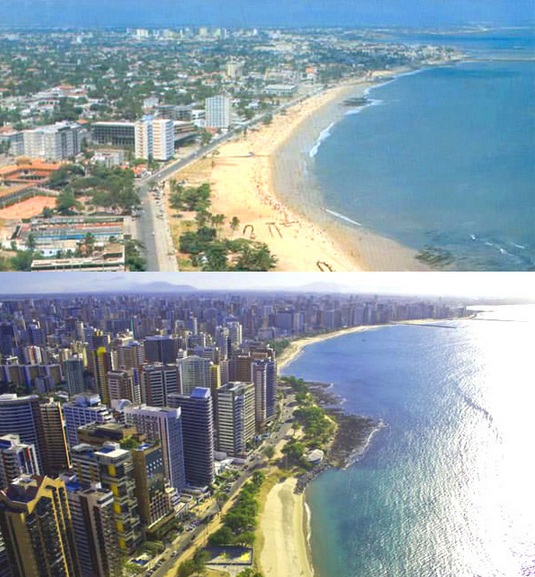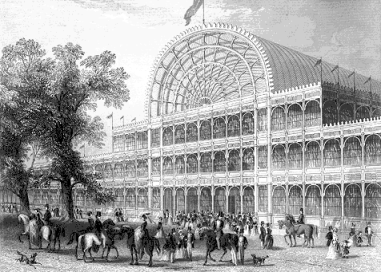A skyline is the horizon that a city’s overall structure, human intervention in a non-urban setting, or nature, creates. Or in easier words, skyline marks an outline of land and buildings defined against the sky. City skylines serve as a kind of fingerprint as no two skylines are alike. The speed and magnitude of a change in the skyline is representative of how rapid a city has changed through a a century or more.
Recently, I came across an article entitled ’20 Skylines Of The World: Then Vs Now’ by Nadia Anuar (original source: http://www.hongkiat.com/blog/world-skylines-then-now/) which is very much similar to my post’s title here but with the numbers reduced to 10 instead of 20. Why? I cancelled out the other 10 cities of which the change in their skyline are not that massive and interesting. Here are the top 10 skylines in comparison of their past and the present looks with some stunning images of these cities: (Please be reminded that this is not the ranking for the best skylines but is just to show comparison of the skylines of these 10 cities that may take your breath away).
This list also depends on availability of old pictures of the cities.
New York City, United States (Year 1876 vs. 1932 vs. 1988 vs. 2013)
New York City, despite being known as an old city with many traditional-looking skyscrapers, still looks great with addition of more modern buildings in present days. The tragic 911 event had drastically changed the skyline of the city, but now the city welcomes the recently completed One World Trade Center as the city’s new tallest.
Shanghai, China (Year 1990s vs. 2010s)
Many massive cities in China are growing at a rate no one can ever imagine. Shanghai is one of them. Pictures above shows the flat (trees-filled) land of the Pudong area by the river which is now transformed dramatically into a cluster of awesome skyscrapers. Not seen in the picture above is the nearly completed Shanghai Tower, the city’s new tallest.
Hong Kong, China (Year 1920s vs. 2000s)
Hong Kong is always ranked the first in the best skylines ranking in the world by many polls. I agree with that. And the changes as seen in the pictures above tell it all. The buildings are beautiful, the lighting are beautiful…what else can I say?
Doha, Qatar (Year 1977 vs. 2010s)
An Arab city not as popular as Dubai (seen below) but still manages to inspire us with the drastic changes on its cityscape. Many tall buildings are rising very quickly in Doha.
Dubai, United Arab Emirates (Year 1990s vs. 2010s)
Dubai is home of the current tallest man-made structure on Earth, Burj Khalifa (not seen in the pictures above…too bad). Without that, the city still looks seriously amazing with its transformation in a lightning speed. It’s a city with hundreds of buildings rising from a desert out of nowhere and you couldn’t be more awed than this.
Kuala Lumpur, Malaysia (Year 1990s vs 2010s)
I’m glad that my city, KL is in this list. My city has wonderful transformation in its city skyline too, mostly thanks to the iconic Petronas Twin Towers (world’s tallest twin buildings) and the KL Tower. Too bad, the image of the city (representing 2010s) is not the most recent one. It’s more dense with many new buildings on the right side of the picture actually.
Toronto, Canada (Year 1930s vs. 2010s)
Simply beautiful with those lights reflected onto the water and also the iconic CN Tower.
Tokyo, Japan (Year 1945 vs. 2011)
Seriously a very dense city right now.
Panama City, Panama (Year 1930s vs. 2010s)
The development of the city skyline is looking good.
Fortaleza, Brazil (Year 1970s vs. 2011)
I have never heard of this city before but right after looking at the pictures above, the changes in the skyline are very obvious.
How I hope I can have more amazing cities included in this list for the comparison like Chicago (US), Guangzhou (China), Shenzhen (China), Seoul (South Korea), etc. Some cities from the original source are not included here because I find the pictures are not good enough to present the changes in skylines over time.
(Images in this post are from various sources throughout the world wide web)

